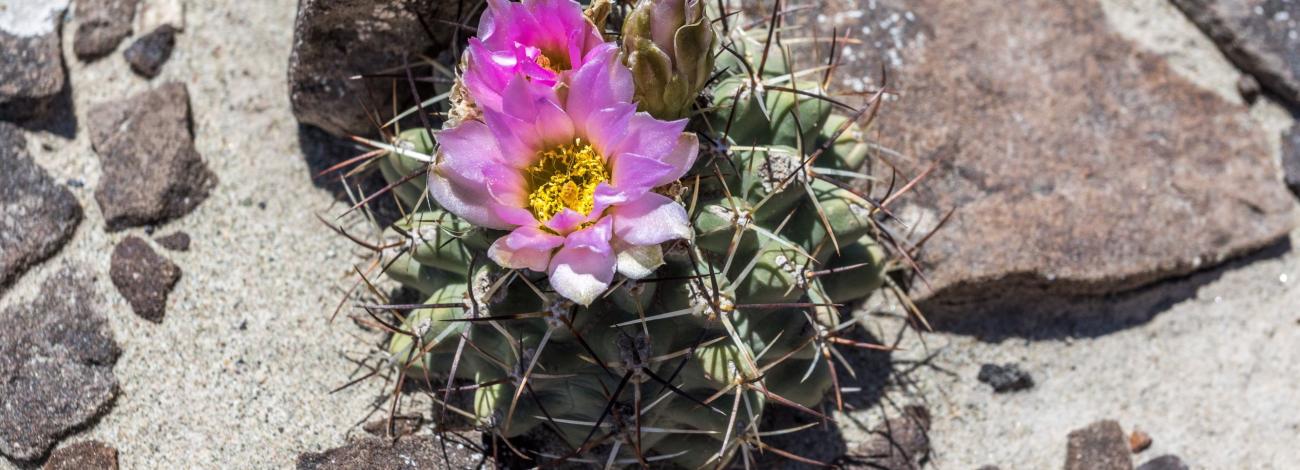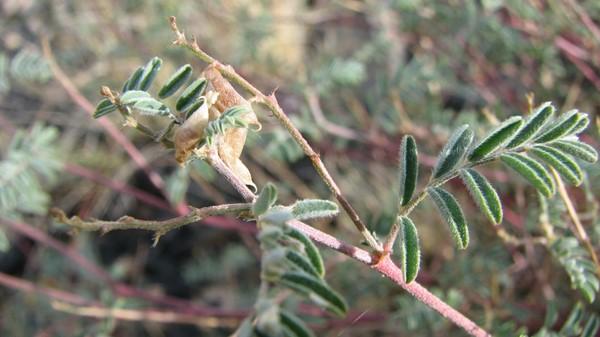
Colorado Rare Plants
In Colorado public lands managed by the BLM encompass 8.4 million acres. Colorado is divided into the eastern and western slope by the Continental Divide, separating the watersheds that drain into the Pacific Ocean from those that divide into the Atlantic Ocean. The majority of the public lands managed by the BLM in Colorado occur on the western slope. A wide diversity of vegetation zones and plant communities are found in Colorado, with rare plants of concern found in semi-desert shrublands (sagebrush, saltbush, and greasewood dominants) and the alpine.
BLM Colorado's work is characterized by a unique partnership among agencies, principally the U.S. Fish and Wildlife Service, in order to address recovery actions for high priority species on BLM managed public lands in Colorado. In achieving this goal, the emphasis is on a pro-active approach to the management of special status plant species. This approach represents a collective vision for the implementation of the Special Status Species Manual (6840) in Colorado. Our major emphasis is to conserve and/or recover ESA-listed species and the ecosystems upon which they depend. Colorado BLM has also initiated proactive conservation measures for Bureau sensitive plant species, to minimize the likelihood of and need for listing under the Endangered Species Act (ESA).
Colorado BLM is a major participant in the Species Status Assessment Framework (SSA) process that was initiated by the U.S. Fish and wildlife Service in 2015. The SSA framework was developed to deliver foundational science for informing all ESA decisions and is a focused, repeatable, rigorous scientific assessment. We are collecting data related to species biology, including, but not limited to population trends, distribution, abundance, demographics, and genetics. These data are used to conduct rapid data assessments for 20+ plant species: synthesizing the data regarding range and distribution, individual needs, population needs, current condition of populations, threats or risks, and conservation actions. Partners include the Colorado Natural Heritage Program (CNHP), University of Northern Colorado, U. S. Forest Service, and the Denver Botanic Gardens.

